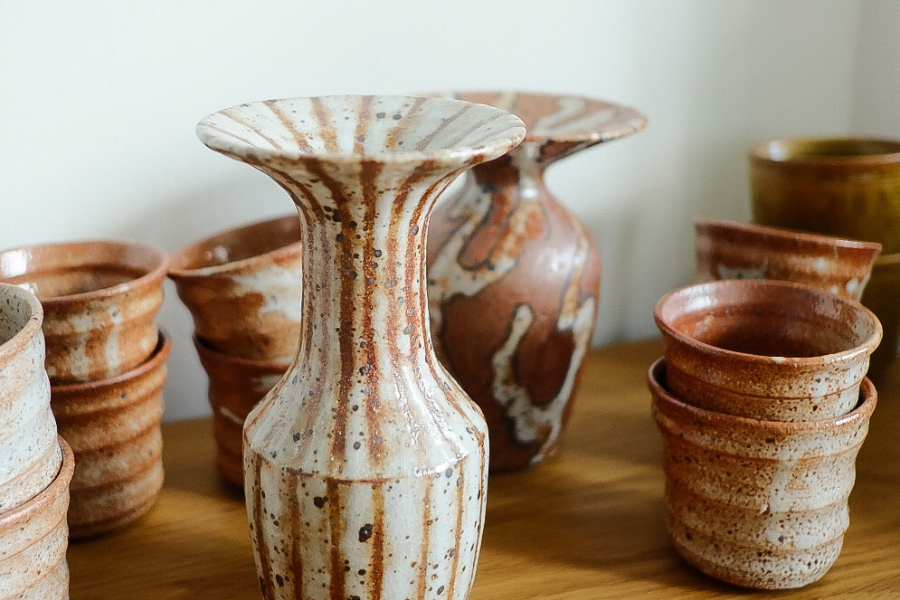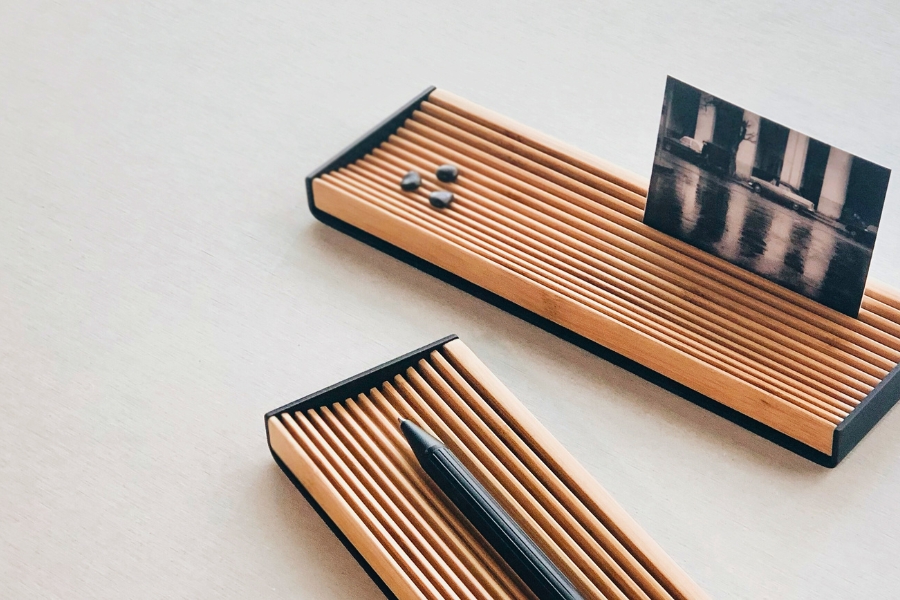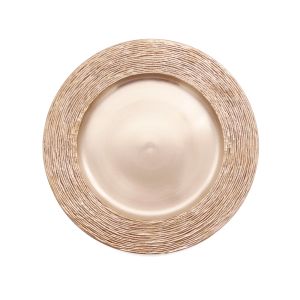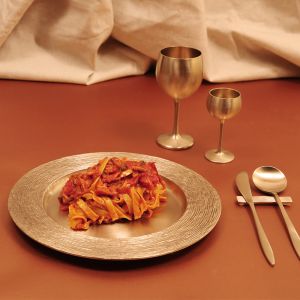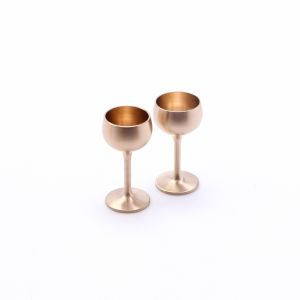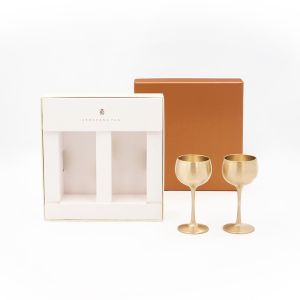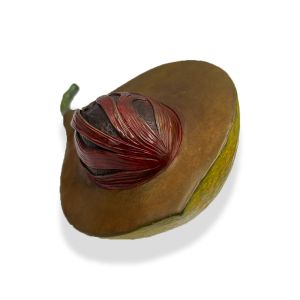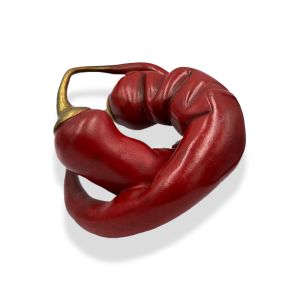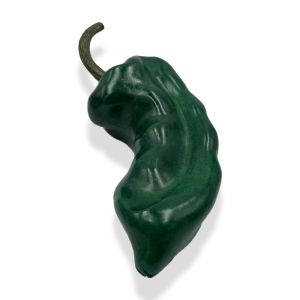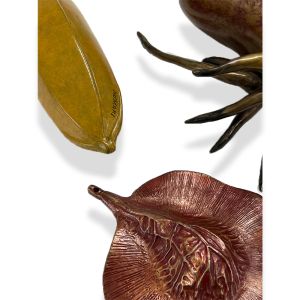Know Your Asian Crafts: Bronze
Words by: Tanya Singh
Asian aesthetics have become mainstream and it is common to see Buddha statues and batik cushions in many modern households. But there's much more to Asian decorative arts than meets the eye. In this series, we dive into different traditional crafts from Asia, examining their roots, histories, and stories – along with how they continue to evolve and define design today.

Bronze, a fusion of copper and tin, has held a special place in the world of art and craftsmanship for centuries. While its origins can be traced back to various parts of the world, Asia has emerged as a prominent hub for bronze sculptures and crafts. In this journey through time, we explore the fascinating history of bronze in Asia.
With its enduring beauty and versatility, bronze has a rich history in Asia. The Dancing Girl from Mohenjodaro belonging to the Harappan civilization dates back to 2500 BC and is the oldest bronze statue still in existence. The story of bronze sculptures as a functional and cultural commodity in Asia finds its origins in the heartland of ancient China, where the Shang Dynasty, around 1600 BC, marked the dawn of a new era. This era birthed a tradition that would echo through time, casting the metal into various forms of artistry. The mastery of bronze casting and sculpting techniques soon spread like wildfire across the vast expanse of Asia, leaving a profound impact on cultures ranging from India to Japan.

The “Dancing Girl” statuette circa 2500 BC, currently at the Harappan (Indus Valley) Civilization Gallery, India National Museum, New Delhi.
Bronze artifacts from this era serve as a testament to the unparalleled craftsmanship of Asian artisans. From intricate sculptures to ornate vessels and ritualistic objects, bronze became the medium through which profound cultural and religious beliefs were expressed. These creations were not mere objects; they were conduits of spirituality and history.
Chinese bronze vessels, for instance, were adorned with intricate motifs, each representing a unique aspect of the society's belief system. The beauty of these pieces lies not only in their visual appeal but also in their ability to unravel the complex tapestry of ancient civilizations. Such artifacts were revered not only for their aesthetic value but also for their role as symbols of power and prestige.

A bronze rectangular cauldron (fangding) circa 12th-11th century BC, Shang Dynasty, China.
The allure of bronze soon transcended the borders of China. It made its mark in the Indian subcontinent, where it was utilized for crafting statues of deities that became the focal points of temples and shrines. The artistry of bronze found its way to Japan, where it was integrated into the creation of Buddhist sculptures, showcasing an exquisite blend of precision and serenity. Korea, too, embraced the bronze tradition, infusing it with its own unique character. The Goryeo Dynasty (918–1392 CE) produced intricate Buddhist statuary, exemplifying the adaptability of bronze as an artistic medium.
Fast forward to the contemporary era, and we witness a renaissance of bronze craftsmanship in Asia. While the techniques remain rooted in tradition, artists have embarked on a journey of innovation, breathing new life into this ancient medium.

Kumari Nahappan's sculpture “Pedas Pedas” (the word “pedas” means “spicy” in the Malay language) in the grounds of the National Museum of Singapore.
Artists like Kumari Nahappan epitomize this dynamic fusion of tradition and innovation. Her works pays homage to the diverse cultural heritage and natural splendor of Asia. Kumari Nahappan's creations, inspired by the local flora of Singapore, serve as contemporary tributes to the region's history. She has forged a reputation for effectively reconciling the language of “international contemporary art” with her own vocabulary and developing a visual identity that is decisively shaped by her cultural roots and beliefs.

Geochang Yugi bronzeware products are made with high-quality casting. The fine machining of castings makes the surface smooth and easy to maintain. The material suppresses and sterilizes harmful germs, making for a healthy dining table.
Geochang Yugi, a homeware brand from South Korea, works with a unique technique that has been passed down from generation to generation over 100 years. Established in 1924, the brand creates bronze tableware that reveals the original value of the materials, unlike products that are produced mechanically at a factory. Each product by Geochang Yugi is handcrafted by an artisan. The signature engraved on every piece is a mark that represents the uniqueness of the product.
The history of bronze sculptures in Asia is a tale of cultural richness and artistic excellence. From its inception in ancient civilizations from the region to its influence across the continent, bronze has transcended time and borders, becoming a symbol of Asia's artistic heritage.

 HK$
HK$ SG$
SG$
